Last Updated on August 2, 2021
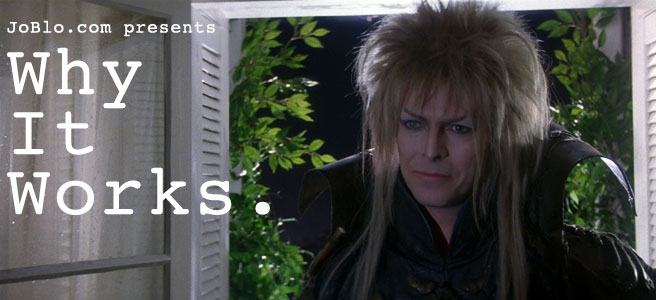 Why It Works is an ongoing column which breaks down some of the most acclaimed films in history and explores what makes them so iconic, groundbreaking, and memorable.
Why It Works is an ongoing column which breaks down some of the most acclaimed films in history and explores what makes them so iconic, groundbreaking, and memorable.
****SPOILERS AHEAD****
Well, if you like awesome people, the past few weeks have been a bitch. Among others, we lost the great Alan Rickman and the legendary David Bowie. Look for some Rickman love in next week's Face-Off, but today we're looking at the Thin White Duke's turn in Jim Henson's wonderfully weird LABYRINTH. Starring David Bowie, Jennifer Connelly, and a bunch of puppets, produced by George Lucas, written by Monty Python member Terry Jones, and directed by Henson himself, LABYRINTH captured imaginations and transfixed a generation. Here's why it works:
WHY WE LIKE THE CHARACTERS:
"For my will is as strong as yours, my kingdom as great… Damn. I can never remember that line." LABYRINTH opens on a young maiden in a glade confronting her adversary… until she forgets a line and we realize Sarah is just a young girl in a park reciting from a book she loves. As with most normal-person-in-a-fantasy-land stories, we identify with Sarah as the frustrated protagonist who imagines a life more exciting than her own. Sure, Sarah can come across as a bit whiny, and she shows no love for her baby half-brother Toby, but once Toby is taken into the Labyrinth, she quickly reveals herself as a selfless character prepared to do what's right.
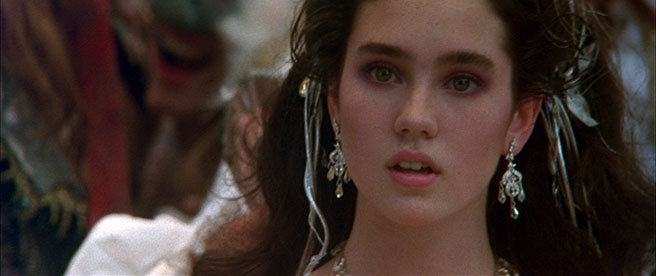 Raise your hand if this was your first celebrity crush.
Raise your hand if this was your first celebrity crush.
Atop his throne in the castle at the center of the Labyrinth sits Jareth, the Goblin King. While Jareth is in many ways a classic villain, stealing babies and tormenting his subjects, he also represents what's going on in Sarah's real life (more on this later). Whether Jareth represents a sexual awakening for Sarah or simply the inevitability of adulthood, it reveals why he is such a complicated character-simultaneously scary, charming, fun, aggressive, fascinating, and oddly obliging. Beyond Jareth and Sarah, the Labyrinth is full of distinctive side characters, from the trio of the kind but duplicitous Hoggle, the lovably oafish Ludo, and the noble Sir Didymus to the affable worm, the wiseman and his hat, the enigmatic door guards, the deceitful junk lady, the Fire Gang, and a host of bumbling goblins. Seriously, what's not to like? Most movies have like zero goblins.
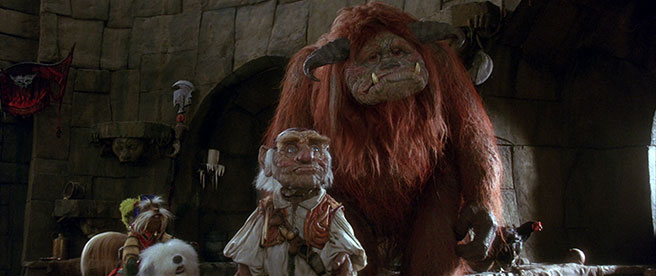 "And remember, fair maiden, should you need us…"
"And remember, fair maiden, should you need us…"
WHY WE CARE:
For as wacky as LABYRINTH can be, we have a very primal and real objective to keep us grounded. Sarah's brother has been taken, and she only has 13 hours in which to save him. Granted, the story goes off-roading left and right, giving us whatever musical number or dream sequence it feels like at the time, but we are never unsure of what our heroine needs or the urgency of the situation at hand. Along the way, we remain engaged as Sarah comes across countless creatures, locations, and puzzles. While a film purist could argue that things like songs and other disjointed scenes that don't drive the plot forward or develop character make for a bad film, LABYRINTH keeps these detours fun, interesting, and peppered throughout the real story. Also, shut up, those people.
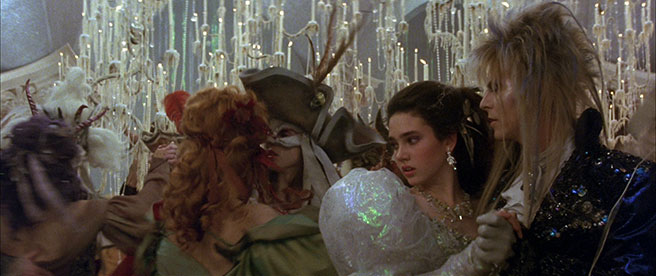 A completely unnecessary scene, but the film would certainly be worse off without it.
A completely unnecessary scene, but the film would certainly be worse off without it.
WHY WE'RE SATISFIED:
Okay, so Sarah defeats Jareth, gets her brother back, and celebrates with a puppet slumber party; fine. Here's the thing, though. LABYRINTH is all a dream. Sorry, but it is. If you look closely in the establishing shots of Sarah's bedroom, you can see a Hoggle bookend, a stuffed Sir Didymus (whose dog Ambrosious is basically Sarah's dog Merlin), a stuffed Ludo (as well as a copy of Where The Wild Things Are), a labyrinth game, a Jareth figurine, M.C. Escher's Relativity, a ballgoer music box, a stuffed firey, a slew of fairy tale books, and playbills from several musicals her mother once starred in. What's more is that several newspaper clippings show Sarah's mother with her on and off stage lover, who happens to bear a striking resemblance to- you guessed it- David Bowie. We don't know to what degree Sarah's mother is absent from her life, but it becomes very clear that LABYRINTH is about a girl coming to terms with the real world by way of an imagined one. Toby is a product of her father's marriage to a new woman, and the villain of the story takes the face of her mother's lover.
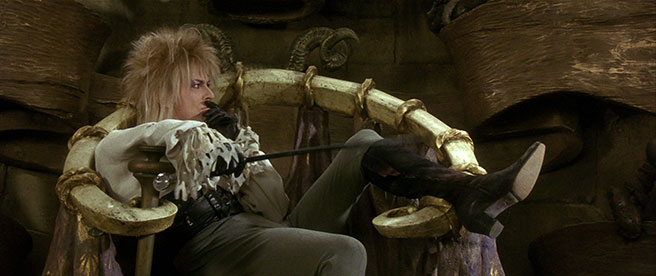 Fun fact: Jim Henson strongly considered both Sting and Michael Jackson for the role of Jareth.
Fun fact: Jim Henson strongly considered both Sting and Michael Jackson for the role of Jareth.
At the end of the film, we see Sarah putting various items into a drawer, including clippings of her mother, her music box, and the Labyrinth book. While none of this is expressly mentioned in the film, we understand that Sarah has reached a point of acceptance and can let go of some things as a result. Right at this point, however, Ludo, Hoggle, and Didymus appear to Sarah, resulting in her admission that she still needs them. This is where the whole it-was-all-a-dream thing becomes satisfying rather than disappointing. For one, it's only implied (rather than shoved down your throat in an "ooh, bet you didn't see that coming" moment), which allows us to focus on the plot the first time through and appreciate its significance in later viewings. More importantly, though, is that imagination is not just the device through which the story is delivered; it's the point of the story. We must cope with reality, and living in a fantasy world is maybe not the best way to do that… but imagination and dreams are still vital to living a beautiful life and should not be forgotten as the burdens of the real world weigh us down.
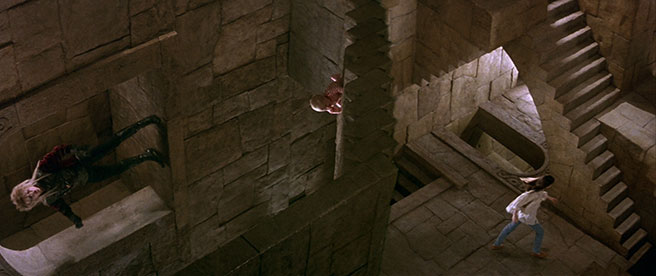 Come on, people. Tell me this isn't still great.
Come on, people. Tell me this isn't still great.
WHY WE REMEMBER:
Too often artistic projects with a dream creative team fail to equal the sum of their parts and end up disappointments as a result. Fortunately, with plenty of silly Python-esque humor from Terry Jones, great performances from Jennifer Connelly and David Bowie, memorable songs written and performed by Bowie, and the wonderful world from the minds of Jim Henson, George Lucas, and conceptual designer Brian Froud, LABYRINTH is an exception. It should also be noted that LABYRINTH joins a heap of 80's movies which, despite being targeted toward children, are stranger and, at times, creepier than most films out there. In the age of fluffy, forgettable, CGI kids' fare, it's nice to look back on films that weren't afraid to push the envelope and gray the boundary between childhood and adulthood. Between LABYRINTH turning 30 this summer and the passing of the incomparable David Bowie, expect to see plenty of tributes and celebrations over the coming months, all of which are well-deserved.
Thoughts? What else worked for you? What didn't? Strike back below!
If you have any movies you'd like to see put under the microscope, let us know below or send me an email at [email protected].


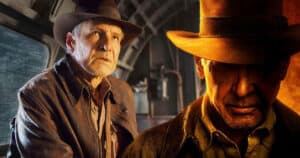
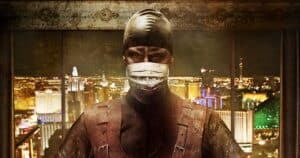

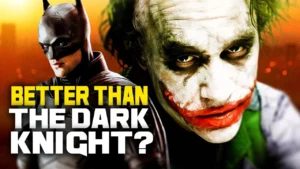
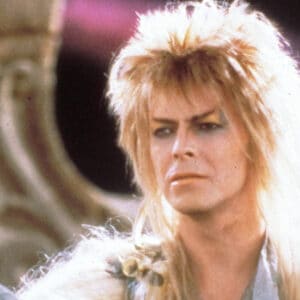

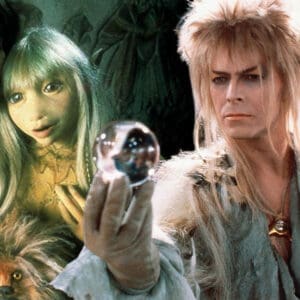

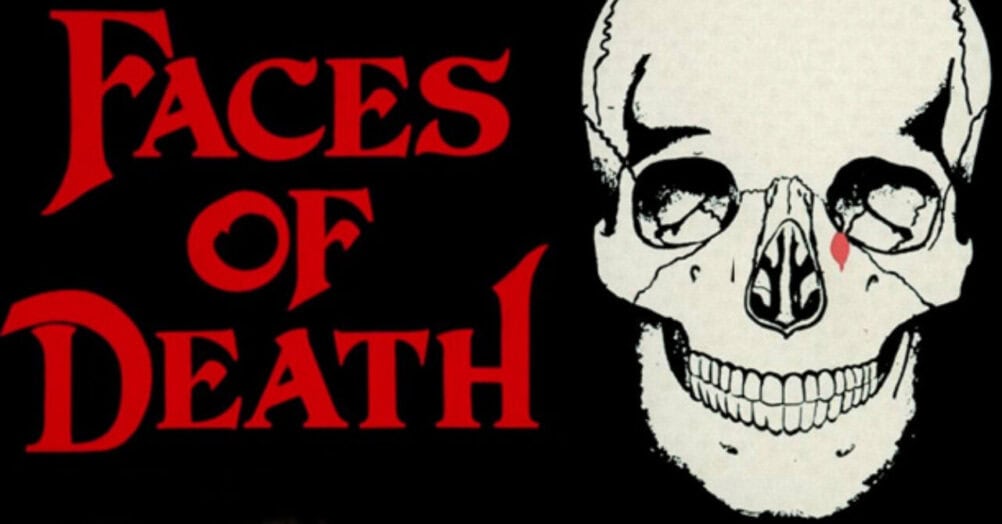
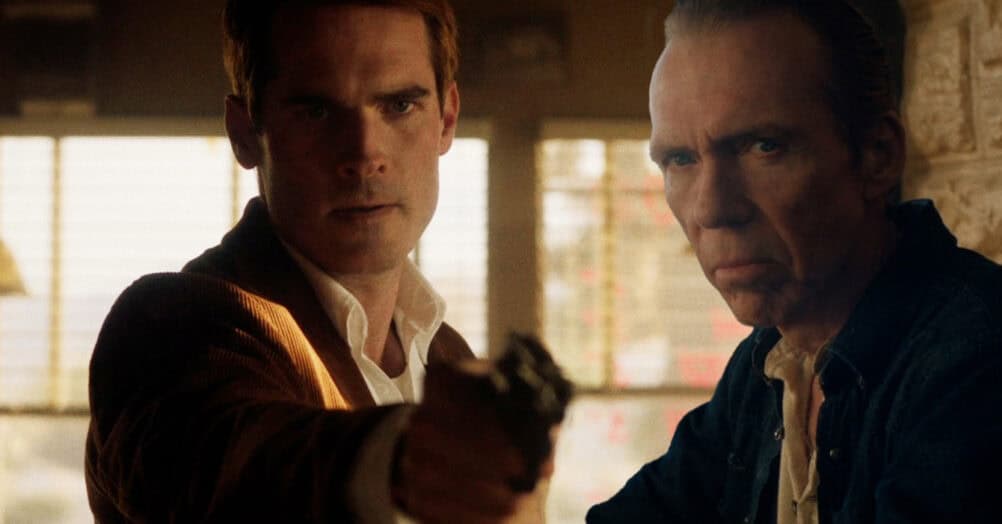
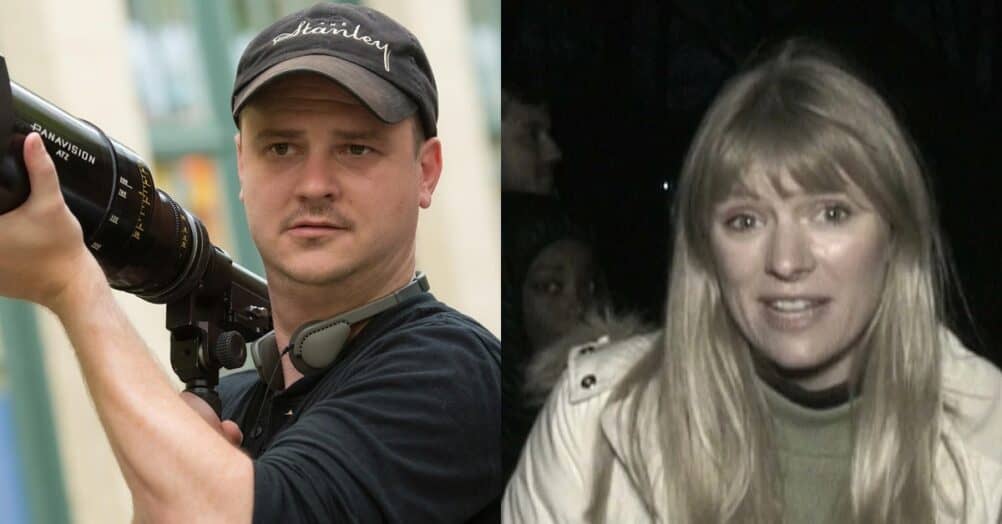
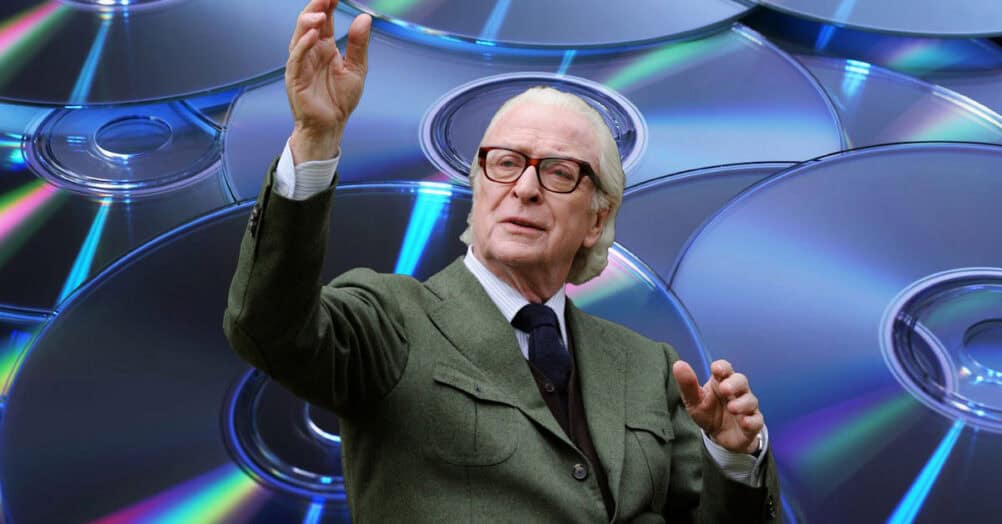
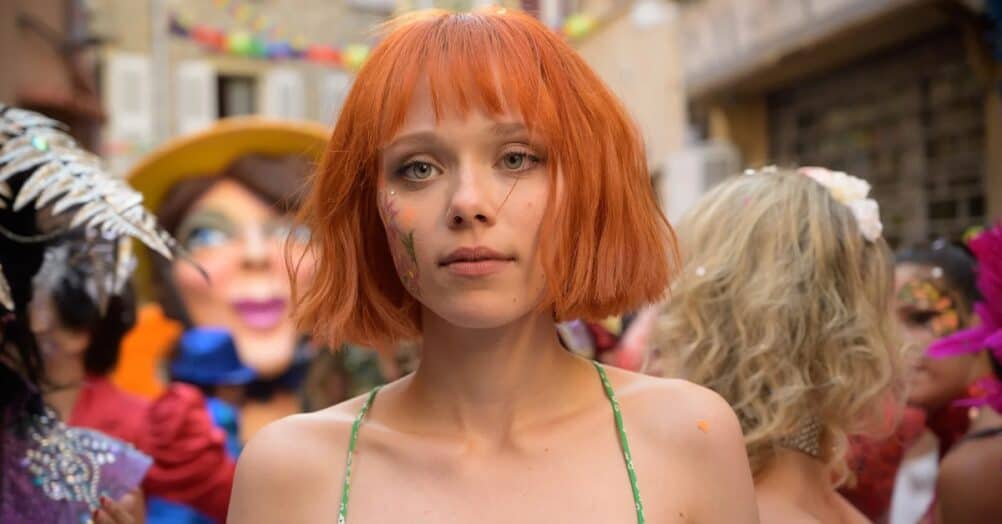
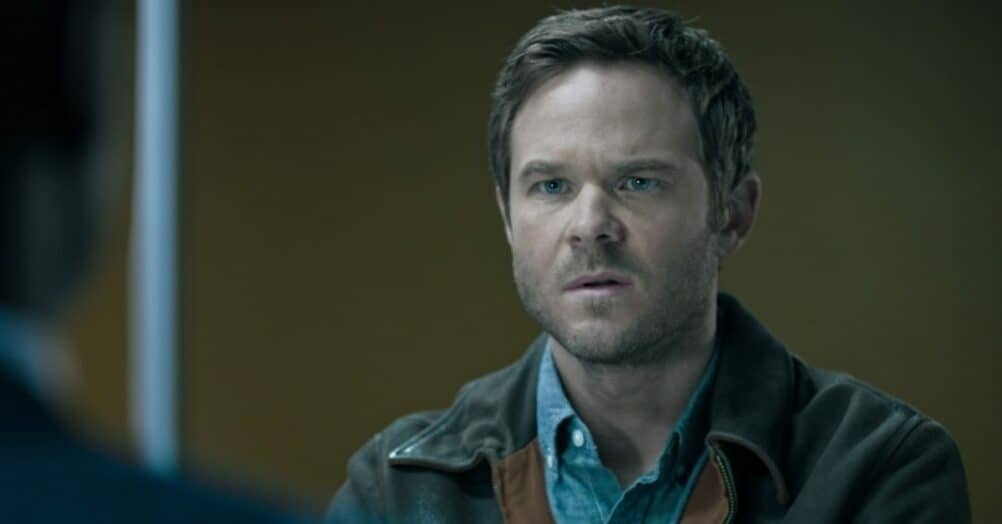



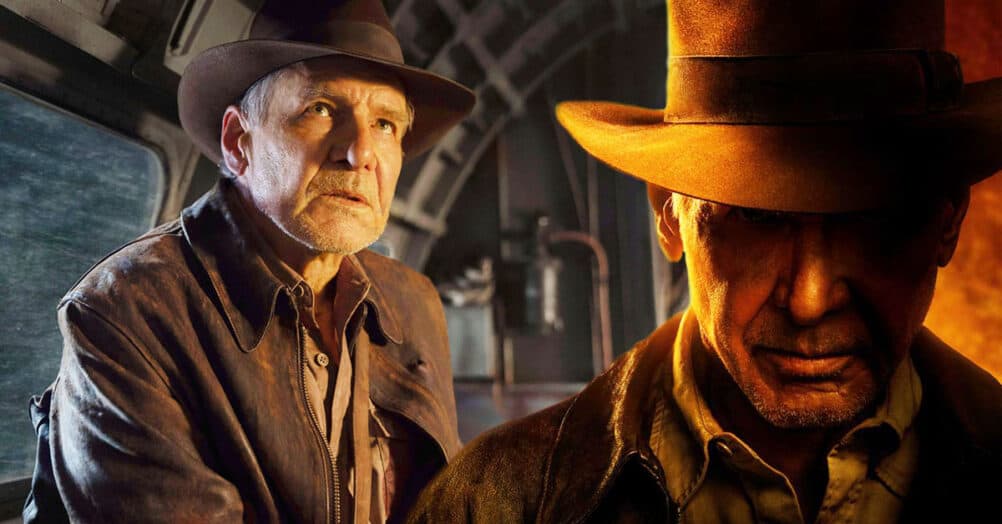
Follow the JOBLO MOVIE NETWORK
Follow us on YOUTUBE
Follow ARROW IN THE HEAD
Follow AITH on YOUTUBE